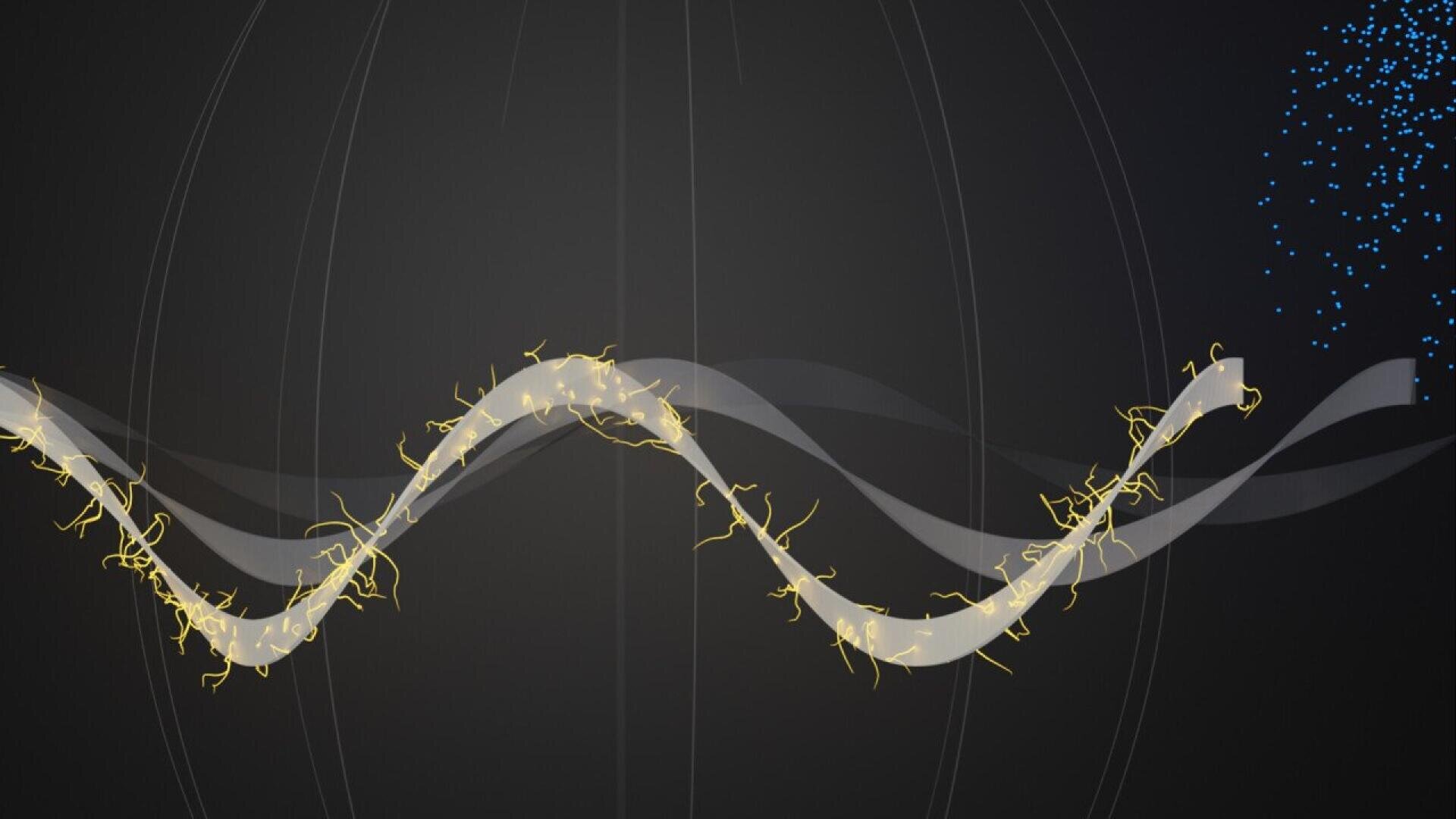Shape memory for nano-objects
Researchers at ETH Zurich have achieved a shape memory effect for objects that are only a few nanometres thick for the first time. This would make it possible to produce tiny machines and small robots on a nanoscale, which could also be used in medical technology.
Alloys that can change back to their original structure after deformation have a so-called shape memory. This phenomenon and the resulting forces are used in many mechanical drive systems, for example in generators or hydraulic pumps. However, this shape memory effect could not be used in the small nanoscale until now: In many alloys with shape memory, objects only change back to their original shape if they are larger than around 50 nanometres.
Researchers led by Salvador Pané, and Xiang-Zhong Chen, a scientist in this group, were able to circumvent this limitation with the help of ceramic materials. In a study published in the journal Nature Communications, they demonstrate the shape memory effect on a layer about twenty nanometres thick made of materials called ferroic oxides. This achievement now makes it possible to apply the shape memory effect to tiny nanoscale machines.
Wide range of applications
Thanks to their high elasticity, the oxides could replace muscle fibres or parts of the spine. "Another application would be novel nanoscale robotic systems: The mechanical movement that occurs when the two structural forms are switched could be used to drive tiny motors," says Donghoon Kim. He worked on this study as a Ph.D. student and is one of its two first authors. "In addition, our approach could also enable the development of more durable nanomachines, as our material is not only elastic but also durable," explains Minsoo Kim, postdoc and first author.


